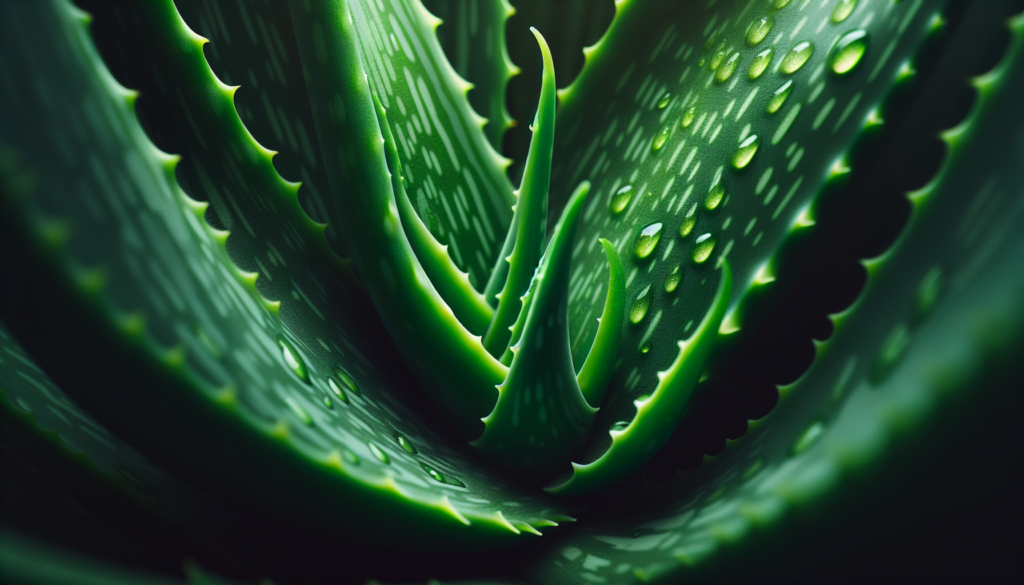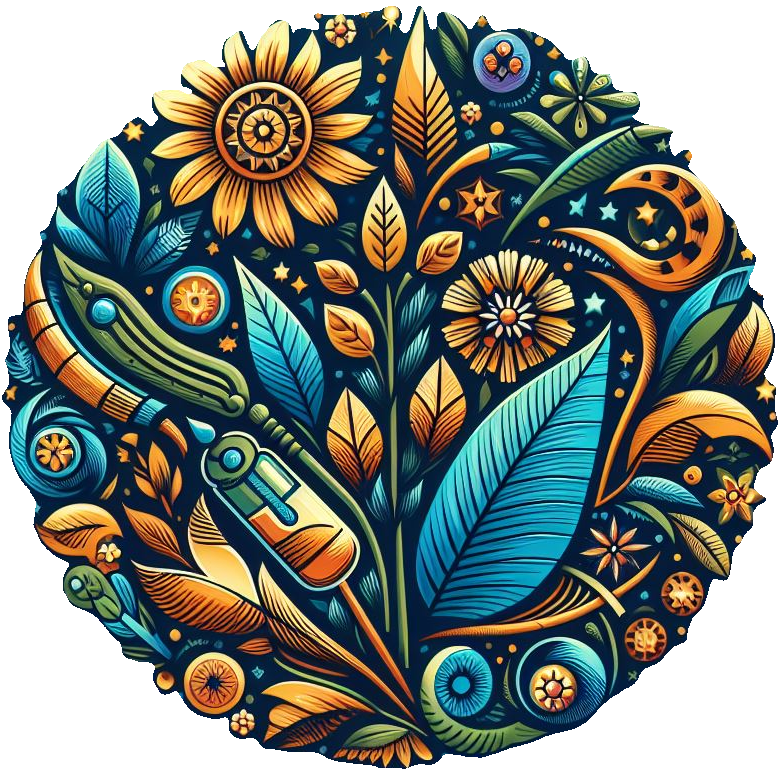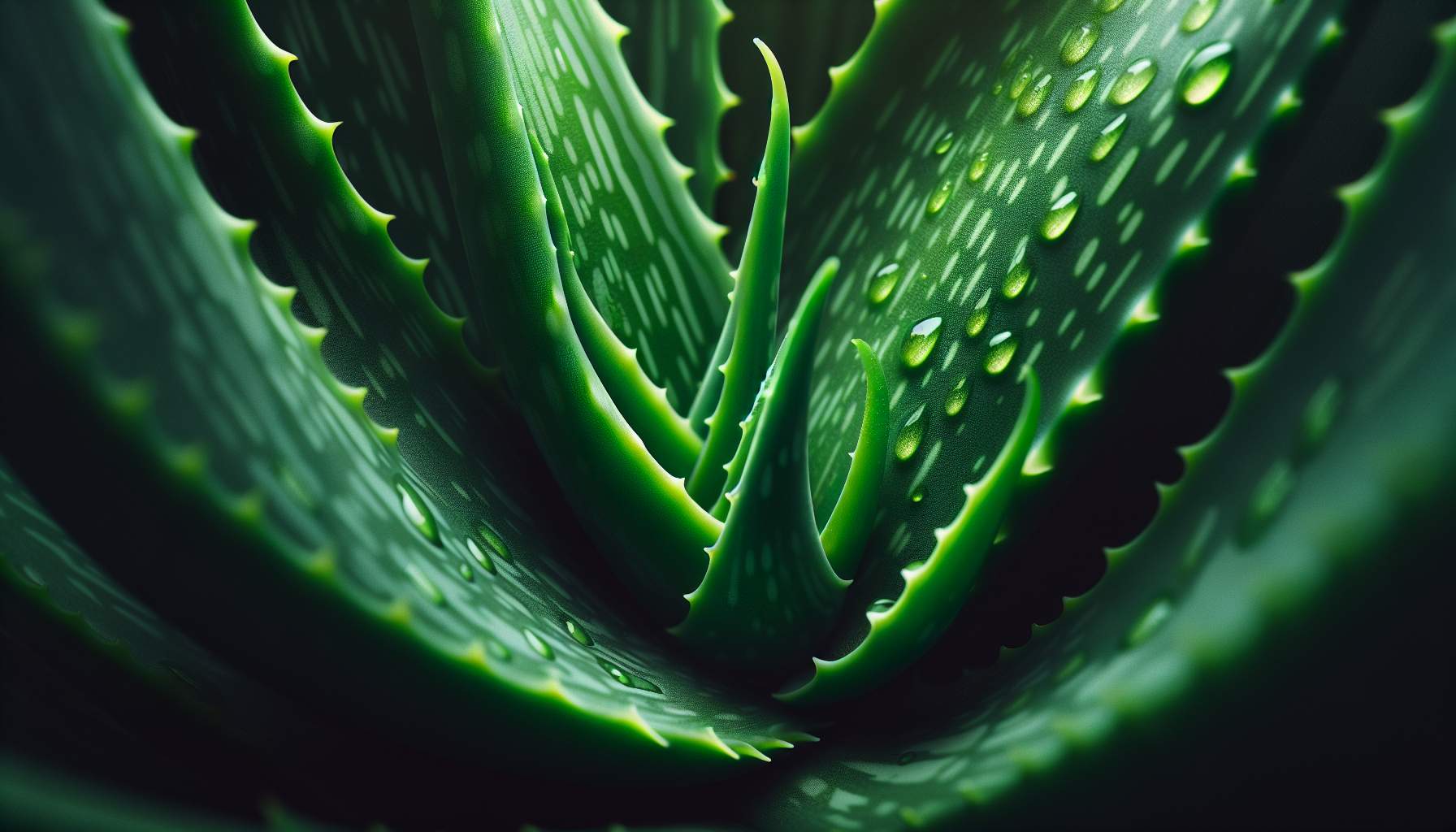Have you ever wondered if there are natural remedies that can help speed up the healing process of wounds? Well, good news! In this article, we will explore the world of herbs and their potential to heal wounds quickly. Whether you’re dealing with a cut, scrape, or even a more serious injury, there may be a herb out there that can aid in the healing process. So, if you’re curious about which natural remedies you can turn to for faster wound healing, keep reading!

Understanding the Healing Properties of Herbs
Introduction to herbal medicine
Herbal medicine has been used for centuries as a natural and holistic approach to healing various ailments, including wounds. It involves the use of plant materials, such as leaves, flowers, roots, and seeds, to promote the body’s natural healing processes. Herbs are packed with beneficial compounds that can speed up wound healing, reduce inflammation, and prevent infection. By harnessing the healing properties of herbs, you can enhance your body’s ability to recover from wounds more quickly.
Benefits of using herbs for wound healing
Using herbs for wound healing offers several advantages over conventional treatments. Firstly, herbs are natural and gentle on the body, reducing the risk of adverse reactions and side effects. Unlike synthetic medications, herbs work in synergy with the body, supporting its inherent healing abilities. Additionally, herbs often contain potent antioxidants, antimicrobial, and anti-inflammatory properties, which can aid in faster wound healing, reduce pain, and prevent infections. This makes them a great alternative or adjunct to traditional wound care methods.
Common types of wounds that can be treated with herbs
Herbs can be effective in treating a wide range of wounds, from minor cuts and scrapes to more severe burns and insect bites. Some common types of wounds that can benefit from herbal remedies include:
- Cuts and scrapes: Herbs can accelerate the healing process, reduce pain, and prevent infection in minor wounds.
- Burns: Certain herbs have cooling and soothing properties that can alleviate pain and aid in the healing of burned skin.
- Insect bites: The anti-inflammatory and antipruritic properties of some herbs can provide relief from itching, redness, and swelling caused by insect bites.
- Bruises: Herbs with anti-inflammatory properties can help reduce swelling and promote the healing of bruises.
- Surgical wounds: Herbal remedies can assist in faster healing and reduce the risk of infection after surgical procedures.
Now that we have a general understanding of herbal medicine and its benefits for wound healing, let’s dive into the top 5 herbs that are known for their fast wound healing properties.
Top 5 Herbs for Fast Wound Healing
1. Aloe Vera
Aloe vera is a renowned herb known for its exceptional wound healing properties. Its gel, derived from the succulent leaves of the plant, is rich in polysaccharides, vitamins, and minerals that promote tissue regeneration and reduce inflammation. Applied topically, aloe vera gel forms a protective barrier on the wound, keeping it moisturized and shielding it from harmful bacteria. It also exhibits mild analgesic properties, soothing pain associated with wounds. Aloe vera gel can be obtained directly from the plant or purchased in various commercial preparations, such as gels and creams.
2. Calendula
Calendula, also known as marigold, is another herb widely used in wound healing. Its vibrant orange and yellow flowers contain potent antibacterial and anti-inflammatory properties. Calendula extracts can stimulate tissue regeneration, accelerate wound closure, and reduce scarring. This herb is often used topically in the form of creams, ointments, or infused oils. It is particularly beneficial for treating minor cuts, scrapes, and burns due to its gentle yet effective healing effects.
3. Comfrey
Comfrey, also called “knitbone,” has a long history of use in traditional medicine for healing wounds, fractures, and sprains. It contains a compound called allantoin, which promotes cell proliferation and tissue regeneration. Comfrey can speed up the healing process, reduce pain, and minimize scarring. The leaves of the comfrey plant can be prepared as a poultice, applied directly to the wound, or as a salve for topical use.
4. Turmeric
Turmeric, often praised for its anti-inflammatory and antioxidant properties, is not only a popular culinary spice but also a potent herb for wound healing. The active compound in turmeric, called curcumin, has been shown to accelerate wound healing by modulating the inflammatory response and supporting tissue regeneration. Turmeric can be used topically as a paste or incorporated into ointments or creams for faster wound healing and reduced inflammation.
5. Echinacea
Echinacea, a flowering plant native to North America, is commonly used as an immune-boosting herb. However, it also possesses wound healing properties. Echinacea extracts can enhance the production of immune cells, primarily white blood cells, which play a crucial role in wound healing. This herb can help improve the body’s defenses against infection, reduce inflammation, and speed up the healing process. Echinacea tinctures or extracts can be applied topically or consumed orally to promote wound healing.
Now that we know about the top 5 herbs for fast wound healing, let’s explore specific herbs that can aid in the treatment of different types of wounds.
Herbs for Specific Wound Types
Treating burns with lavender
Lavender, with its soothing and calming properties, is an excellent herb for treating burns. It can alleviate pain, reduce inflammation, and promote the healing of burned skin. Lavender oil can be diluted in a carrier oil, such as coconut or jojoba oil, and applied topically to the burn. The comforting scent of lavender also aids in relaxation and stress reduction, allowing the body to focus on healing.
Using plantain for insect bites
Plantain, a common roadside herb, is highly effective in relieving the itch and discomfort caused by insect bites. It possesses anti-inflammatory and antihistamine properties that reduce swelling and soothe the irritation. Fresh plantain leaves can be crushed and applied topically to the bite, or a plantain-infused oil can be used for a more potent effect. This herb is particularly beneficial for soothing mosquito bites, bee stings, and other insect-related irritations.
Yarrow for stopping bleeding
Yarrow, a flowering plant with feathery leaves, has been traditionally used to halt bleeding and promote blood clotting. Its astringent properties constrict blood vessels and reduce blood flow, helping to stop minor bleeding from cuts and abrasions. Yarrow can be crushed and applied directly to the bleeding wound or used as a poultice. It is important to note that while yarrow can help control mild bleeding, severe or deep wounds may require professional medical attention.
Now that we have covered the topical application of herbs, let’s move on to herbal ointments and salves that can be used for wound healing.
Herbal Ointments and Salves
Benefits of topical applications
Topical applications of herbal ointments and salves directly target the site of the wound, delivering the healing properties of herbs precisely where they are needed. This localized approach allows for faster absorption of the herb’s beneficial compounds, leading to quicker healing. Additionally, herbal ointments and salves form a protective barrier over the wound, keeping it clean, moisturized, and shielded from environmental contaminants.
Recipe for a homemade healing salve
Making your own herbal healing salve can be a rewarding and cost-effective way to utilize the healing properties of herbs. Here is a simple recipe to get you started:
Ingredients:
- 1 cup of herbal-infused oil (such as calendula, comfrey, or lavender-infused oil)
- 1 ounce of beeswax (grated or in pellet form)
- 10-15 drops of essential oil (optional, for fragrance and additional healing properties)
Instructions:
- In a heatproof container, combine the herbal-infused oil and beeswax.
- Place the container in a double boiler or a heatproof bowl over a pot of simmering water.
- Stir the mixture occasionally until the beeswax is completely melted and incorporated into the oil.
- Remove the container from heat and let it cool slightly before adding any optional essential oils.
- Once the mixture has cooled but not solidified, pour it into clean, sterilized jars or tins.
- Allow the salve to cool and solidify completely before using. It can be stored in a cool, dry place for several months.
Popular herbal ointments available in the market
If making your own herbal ointment is not feasible, there are plenty of commercially available options that harness the power of herbs for wound healing. Look for ointments or salves that contain ingredients like calendula, comfrey, chamomile, or plantain. These products are often formulated to optimize the healing properties of herbs and may contain additional supportive ingredients like essential oils or vitamins.
Moving beyond topical applications, let’s explore the role of herbal teas and infusions in promoting internal healing for wound recovery.
Herbal Teas and Infusions for Internal Healing
Role of internal healing in wound recovery
Internal healing plays a vital role in wound recovery by nourishing the body from within and supporting the healing processes at a systemic level. Herbal teas and infusions can be consumed orally to provide the body with a range of nutrients, antioxidants, and compounds that promote tissue repair, reduce inflammation, and boost overall immunity. By addressing the internal factors that contribute to wound healing, herbal teas and infusions can complement topical treatments and enhance the overall healing process.
Effectiveness of herbal teas and infusions
Herbal teas and infusions are an effective way to reap the benefits of various herbs for wound healing. When consumed as a warm beverage, herbal teas can have a calming and soothing effect on the body, promoting relaxation and reducing stress, which can hinder the healing process. The act of sipping on herbal teas also provides a moment of self-care and mindfulness, allowing you to connect with your body’s healing journey.
Top herbal teas for fast wound healing
Several herbs can be brewed into delicious and healing teas that promote fast wound healing. Here are a few of the top herbal teas for internal healing:
- Chamomile tea: Chamomile has anti-inflammatory properties and can aid in relaxation, supporting the body’s healing processes.
- Rosehip tea: Rich in vitamin C and antioxidants, rosehip tea boosts the immune system and promotes tissue repair.
- Echinacea tea: Consuming echinacea tea can enhance your immune response, helping fight off infections and inflammation.
- Ginger tea: Ginger has anti-inflammatory effects, making it a great choice for internal healing and reducing pain associated with wounds.
- Green tea: Green tea is packed with antioxidants that support overall health and aid in the healing of wounds.
Now that we have explored the benefits of herbal teas for internal healing, it is important to consider some precautions and considerations when using herbs for wound healing.
Precautions and Considerations
Consulting with a healthcare professional
While herbs can be a beneficial addition to your wound healing routine, it is crucial to consult with a healthcare professional before using herbal remedies, especially if you have underlying medical conditions or are taking medication. They can advise you on the appropriate use, dosage, and potential interactions with your current treatment plan.
Possible allergies or interactions
Herbs, just like any other natural or synthetic substance, can cause allergic reactions in some individuals. Before using a new herb or herbal product, perform a patch test by applying a small amount of the herb-infused oil or salve to a small area of skin and monitor for any adverse reactions, such as redness, itching, or swelling. It is also important to be aware of potential herb-drug interactions, as some herbs may interfere with certain medications. This is another reason why consulting with a healthcare professional is essential.
Dosage and usage guidelines
Each herb has its own recommended dosage and usage guidelines, which may vary depending on the form (topical, oral, etc.) and the individual’s unique circumstances. It is important to follow the instructions provided with commercial herbal products or the guidance of a healthcare professional when using herbs for wound healing. Overuse or incorrect dosage can potentially lead to adverse effects or diminished effectiveness.
In conclusion, recognizing the potential of herbs for wound healing can empower you to incorporate these natural remedies into your self-care routine. From topical applications to internal healing through herbal teas, herbs offer a versatile approach to enhance your body’s healing ability. By understanding the healing properties of specific herbs and considering precautions and dosage guidelines, you can utilize the power of nature to promote faster wound healing, reduce pain and inflammation, and support a healthy recovery. So, embrace the healing properties of herbs and let nature work its magic on your wounds.

